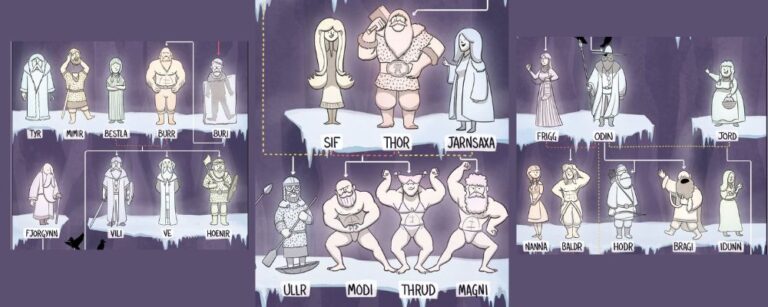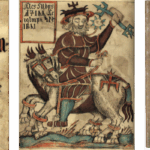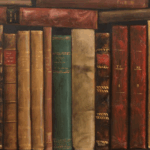We’ve talked a lot about the children of Loki on this blog, but he wasn’t the only character from Norse mythology to “go forth and multiply”. But since Loki’s children are central villains in the story of Ragnarok, we know quite a bit about them.
Despite Thor being one of the most important gods in the Norse pantheon, we know almost nothing about his offspring, which are only mentioned in passing in the surviving sources. This is despite the fact that according to Snorri Sturluson, two of Thor’s sons will lead the Aesir in the time after Ragnarok.
Let’s take a look at the little we do know about the children of Thor.
Thor’s Family Tree
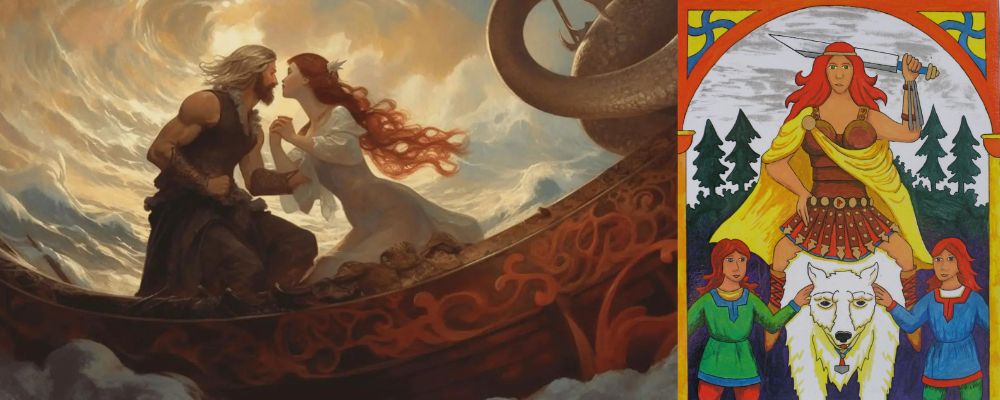
Thor’s children have an impressive family tree and can trace their lineage back to the beginning of time!
According to the Norse creation myth, among the first beings to come into existence were the giant Ymir, who became the progenitor of all giants, and the god Buri, who became the progenitor of all gods.
While Buri seems to have had to reproduce the old-fashioned way, Ymir was asexual, and new giants sprung forth fully formed from the sweat of his armpits. It was probably through mating with one of the newly born giantesses that Buri gave birth to his son Bor.
We know that Bor formed a relationship with the giantess Bestla and with her had three sons, Odin, Vili, and Ve. These three young gods, who had quite a bit of giant blood running through their veins, were concerned about how many giants were emerging from the body of Ymir, and so decided to kill him. When they did so, Ymir’s blood flooded much of the world, killing all giants but two. They went on to repopulate the giant realm the old-fashioned way. Odin and his brothers then used the body of Ymir to construct a new world, hanging his skull in the air to form a new sky.
While Odin went on to marry the goddess Frigga, he had many affairs. One such affair was with the giantess Jord, who also seems to be a kind of personification of the earth itself. With her, he had the mightiest of his many sons, the god of thunder, Thor.
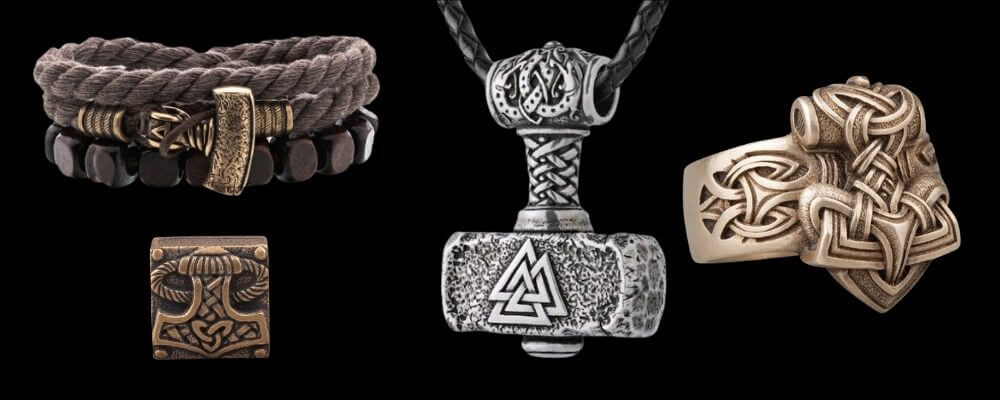
Thor followed in his father’s footsteps. He married the goddess Sif, but also had affairs with several other women, mostly giantesses. With these women, he had his children.
With Sif, he had a daughter Thrud, whose name means strength. He may also have had another child with Sif called Lorride, but this character is only mentioned once in passing in the sources, and it may be an alternative name for Thor himself.
With a giantess named Jarnsaxa, Thor had a son called Magni, whose name means strength. Some authors suggest that Thor was married to Jarnsaxa before he married Sif. But it is very difficult to create a clear timeline within Norse mythology beyond the creation being the start of all things and Ragnarok the end. Plus, the Vikings and their gods do not seem to have been concerned about infidelity and clear relationship timelines for their gods.
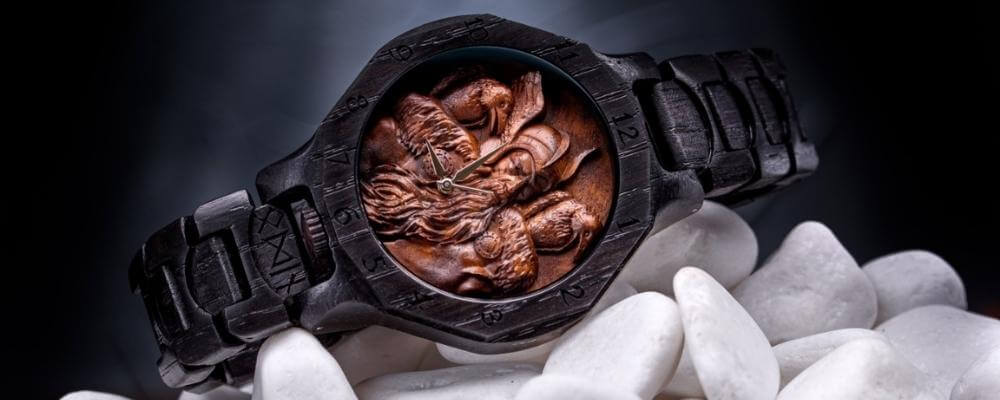
Thor also had another son called Modi, which means bravery. The name of his mother is never stated. While most scholars suggest that he was also a son of Jansaxa and therefore a full brother of Magni, others suggest that he was a son of Sif. Of course, his mother may have been another woman entirely.
The sources do not say anything about who Thor’s children may have been married to or children that they themselves may have had.
The Story of Hrungnir
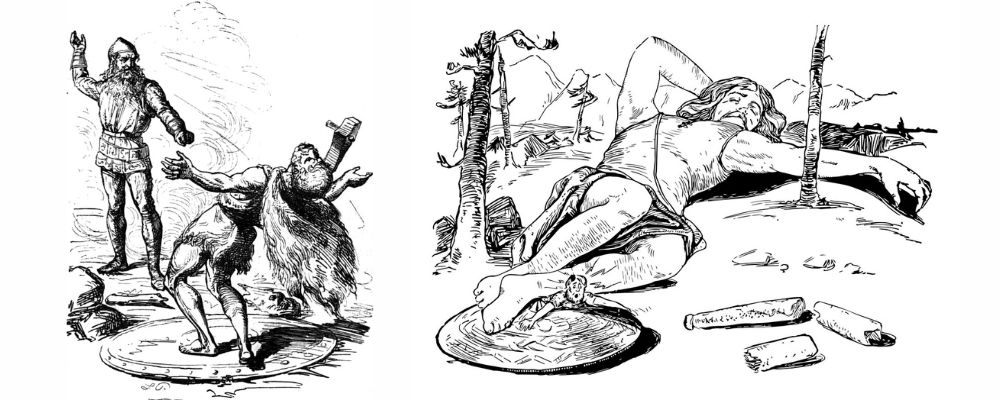
Aside from the Ragnarok prophecy, the story in which we learn most about Thor’s children is the story of Hrungnir, and the information is sparse.
The giant Hrungnir had a fantastic steed called Gullfaxi, which means gold mane. He arrived in Asgard with his steed and challenged Odin to a race with his famous eight-legged steed Sleipnir and made a bet. Hrungnir lost the race and the bet but was invited to drink with the gods.
Hrungnir became very intoxicated and started to brag, claiming that he could kill any of the gods he wished, but wouldn’t kill the female gods because he would prefer them as lovers. The gods became annoyed and summoned Thor to kill the giant.
Thor was intending to strike Hrungnir from behind and end him quickly, but the giant called this out as cowardice and challenged Thor to a duel. The god agreed, excited by an opportunity to show off his strength.
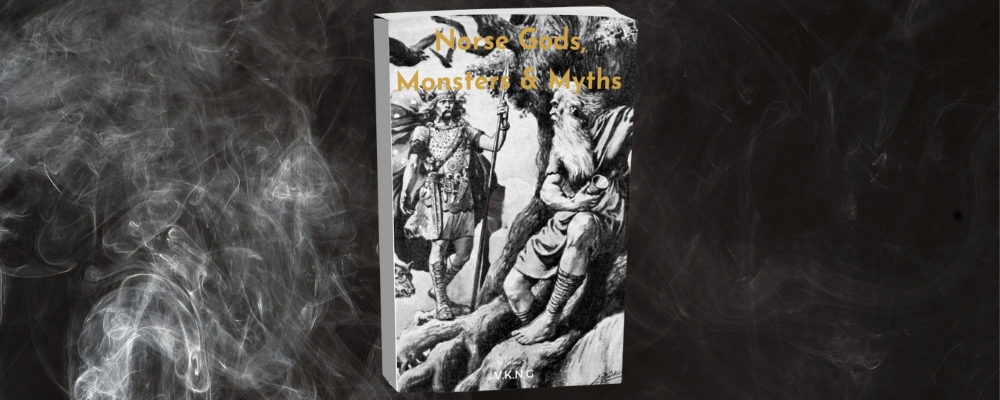
Hrungnir threw a rock at Thor which shattered and a part of it embedded itself in Thor’s head, which caused him some issues for a short time afterward. But Thor threw his hammer and Hrungnir, and it was his head that shattered. The giant fell to his death, but the leg of the giant fell on top of Thor.
Thor’s awkward position and injury meant that he was unable to push the leg off himself. The other gods tried to lift the leg and free the god but failed.
Eventually, Thor’s son Magni, who was just three days old at the time, wandered onto the scene and removed the leg all by himself. Thor was so pleased with the strength of his son that he gifted the horse Gullfaxi to him.
Apparently, this annoyed Odin, who wanted the horse for himself, and criticized Thor for giving the steed to the son of a giantess. This seems like a strange criticism, since Odin himself was the son of a giantess, as was Thor. This is an unusual rebuke to see in the Norse sources.
Longing for Thrud
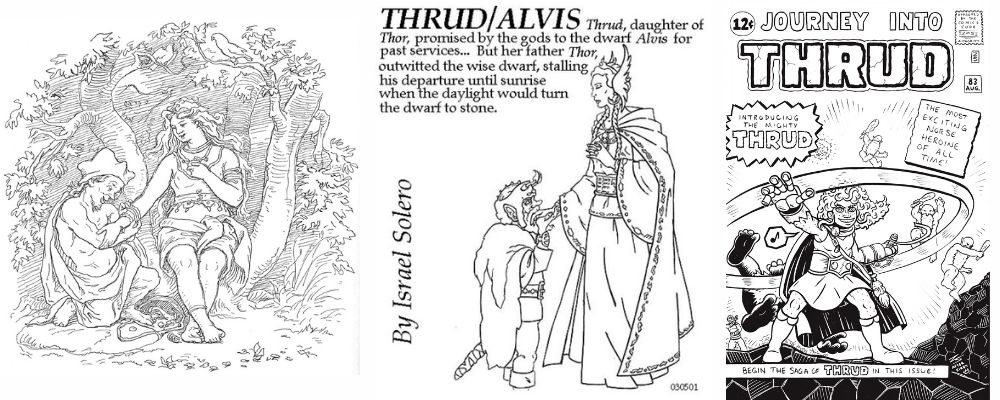
Thrud is also rarely mentioned in the surviving sources, but she is mentioned in the story of the dwarf Alviss. Apparently, the dwarf arrived in Asgard, fell for Thrud, and asked for her hand in marriage. Thor wasn’t around so the other gods agreed on his behalf. It is unclear why they did this, but it seems to have been to play a trick on Thor.
When Alviss returned to claim his bride, he met Thor, who knew nothing of the engagement and was irritated. Alviss also did not recognize Thor for the mighty god that he was as he was still dirty from his travels. He told the god to mind his own business.
Thor then suggests that Alviss prove himself if he considers himself so intelligent and better than the man with whom he spoke. In this way, be got Alviss to sit down and answer questions about the earth, sun, and the moon. The questioning went on for many hours and Alviss lost track of time. He did not see the oncoming rise of the sun, and his body turned to stone when hit by the sunlight.
This story tells us almost nothing about Thrud, except that she may have been a beauty and unmarried, at least at the time of this story.
Thrud is also the name of one of the Valkyries, the divine warriors that serve Odin. It is unclear whether this is the same Thrud or another woman with the same name.
There may also be an interesting connection between Thrud and Hrungnir, who is referred to by the kenning “thief of Thrud” by Bradi Boddason. Another poem, the Haustlong, tells the story of the fight between Hrungnir and Thor but does not give a reason for the disagreement. However, the poem is accompanied by an image of a shield depicting two scenes, the kidnapping of Idunn, and the fight between Thor and Hrungnir. This may suggest a connection between the two stories, perhaps that both related to the kidnapping of a goddess.
A lost story about the kidnapping of Thrud may also explain why Thor is called by the kenning “he who longs fiercely for Thrud”.
Ragnarok and the New World
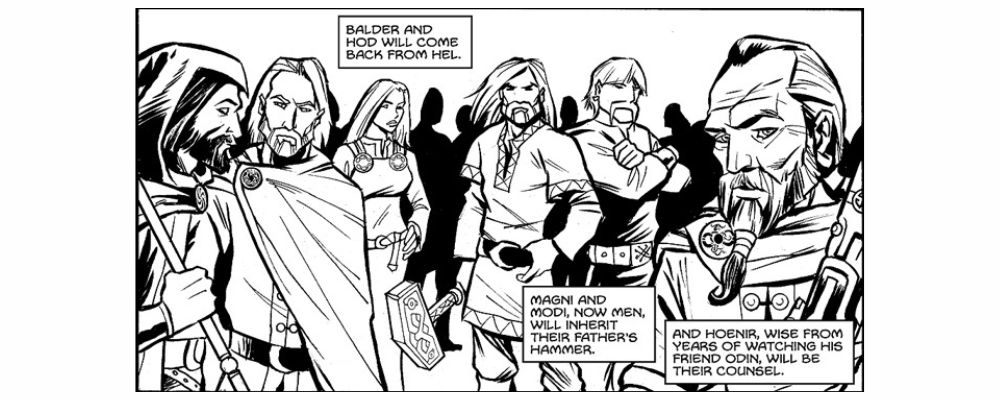
Ragnarok is a prophecy about how the world will end. It translates as the “twilight of the gods”, and according to the myth, they will pretty much all die.
Odin will be killed by the wolf Fenrir, a son of Loki, and Fenrir will in turn be killed by Vidarr, a son of Odin. Thor will fight to the death with the serpent Jormungandr, another son of Loki, and the two will kill one another. Freyr and the fire giant Surtr will kill one another. Heimdall and Loki will fight to their mutual destruction. Tyr will be killed by Garm, the guard dog of Helheim.
While we are not told the fates of all the gods, and we aren’t told the fates of any of the female gods, the battle seems to lead to total mutual destruction. The world will then sink back into the waters of chaos from which it emerged.
Many accounts of the Ragnarok myth end there, but some later accounts claim that the world reemerges from the waters of chaos anew. In these versions of the story, Modi and Magni survive Ragnarok and take up their father’s hammer Mjolnir, which also seems indestructible.
They are joined by other gods that survive, and some of the gods that died before Ragnarok and were able to escape Helheim during the apocalypse, specifically Balder and Hoder. Together, these gods recreate the world based on its old footprint, but as a more peaceful place.
Read more about which gods survive Ragnarok here.
It is generally believed that this re-emergence is a later Christian addition to the myth to bring it in line with Christian beliefs about the second coming and redemption. The fact that we know so little about Magni and Modi supports this speculation. If the Vikings believed that these gods were destined to lead the world in a new era, surely there would be more information and stories about them.
Children of Thor
But what do you think? Why do we know so little about the children of Thor? And which do you prefer, the children of Thor or the children of Loki?
